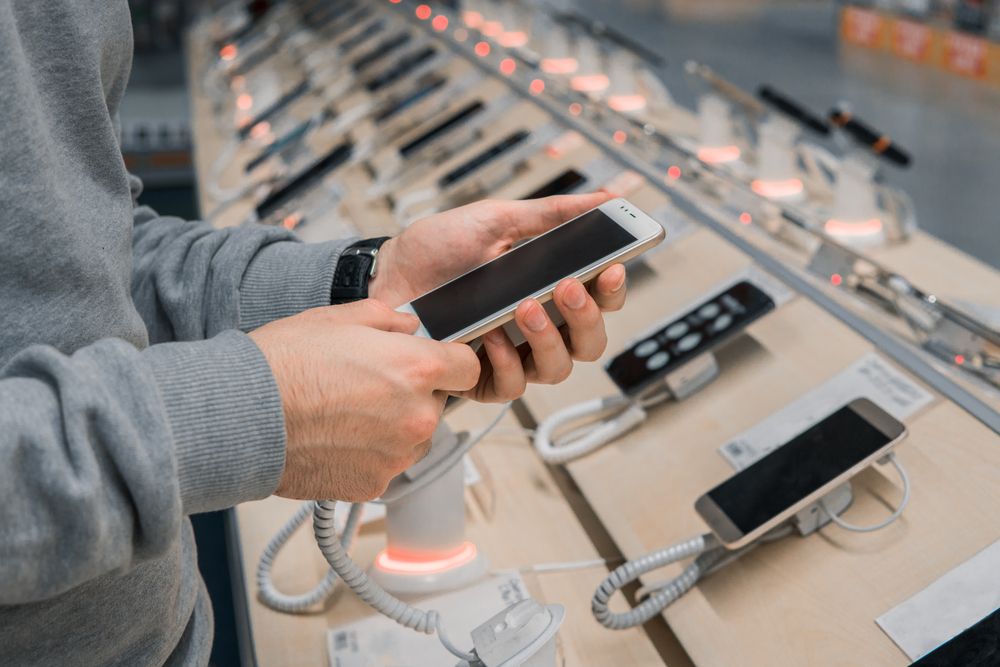A baby monitor can offer tremendous peace of mind to parents, allowing you to check in on your little one from another room—or even while you're away from home. Whether you want a simple audio monitor or a high-tech video system with smart features, the best monitor is the one that fits your family's unique needs, lifestyle, and budget.
But with so many options available—from basic units to feature-packed smart monitors—it can be overwhelming to know where to start. This guide breaks down the key factors to consider so you can choose the best baby monitor for your home and parenting style.
1. Decide Between Audio and Video Monitors
The first choice to make is whether you want a basic audio monitor or a video monitor that allows you to see your baby as well as hear them.
Audio Monitors
-
Transmit sound only
-
Often more affordable and have longer battery life
-
Simpler to set up and use
Best for: Parents who want a straightforward monitor to hear baby cries or movement, especially in small homes or apartments.
Video Monitors
-
Let you both see and hear your baby in real time
-
Often include night vision, pan/tilt cameras, and zoom features
-
Provide extra reassurance during naps or nighttime sleep
Best for: Parents who want visual confirmation that their baby is safe, or who have larger homes where sound alone might not be enough.
2. Consider Range and Connectivity
The range of your monitor is important, especially if you live in a large house or plan to move between floors.
-
Audio monitors typically have better range and less interference.
-
Video monitors using radio frequencies also have good range, but can be blocked by walls or interference from other devices.
-
Wi-Fi monitors connect to your home’s internet, offering unlimited range as long as your phone or tablet has internet access.
Important: Wi-Fi monitors rely on a strong and secure connection. If your internet is spotty or you’re concerned about cybersecurity, a non-Wi-Fi monitor might be a better choice.
3. Think About Screen or App Monitoring
Video monitors come with either a dedicated screen (parent unit) or work through a smartphone app.
Dedicated Screen Monitors:
-
Work without Wi-Fi
-
Always-on displays without notifications or distractions
-
No need to unlock your phone or run an app
App-Based Monitors:
-
Allow you to check in from anywhere using your phone
-
Useful for working parents or those with caregivers at home
-
Some offer additional smart features, like alerts or sleep tracking
Tip: Some models offer both—giving you the flexibility to use a handheld screen at home and the app while on the go.
4. Evaluate Video and Audio Quality
Clear video and audio make a big difference when monitoring your baby—especially in low-light or nighttime situations.
Look for:
-
High-resolution video (720p or higher is ideal)
-
Night vision that shows clear images in complete darkness
-
Two-way audio so you can talk to or soothe your baby remotely
-
Noise filtering to reduce background static or white noise
Test the volume and clarity during setup to make sure the monitor is sensitive enough to pick up soft cries or movement.
5. Check for Security and Privacy Features
If you're choosing a Wi-Fi enabled baby monitor, security is crucial. Since these devices transmit data over the internet, they can potentially be accessed by hackers if not properly secured.
Security Features to Look For:
-
Encrypted video feeds
-
Two-factor authentication
-
Password-protected access
ADVERTISEMENT -
Regular software updates
To enhance safety, always change the default login credentials and use a secure Wi-Fi network with a strong password.
6. Battery Life and Portability
Battery life is especially important for monitors with portable parent units or cameras that aren't plugged in full-time.
Battery Features to Consider:
-
Long-lasting parent units that don’t require frequent charging
-
Rechargeable batteries vs. disposable ones
-
Power-saving modes (like turning off the display unless sound is detected)
If you need to move the camera around—say, from nursery to playroom—look for lightweight, easily mountable options with decent battery life.
7. Look for Smart Features (Optional)
Some modern baby monitors come packed with smart features that go beyond just watching or listening.
Popular Smart Features:
-
Motion or sound alerts to notify you when baby stirs or cries
-
Room temperature or humidity sensors
-
Sleep tracking with graphs and reports
-
Breathing or movement monitoring using wearable tech or sensors
-
Integration with voice assistants (Alexa, Google Home)
These features can provide helpful insights but may not be necessary for every parent. Decide whether they’ll be useful to your daily routine—or just an added layer of complexity.
8. Multi-Camera Support
If you have twins or plan to monitor multiple rooms (like nursery and playroom), choose a baby monitor that supports more than one camera.
Features to Consider:
-
Split-screen viewing
-
Auto-scan between camera feeds
-
Easy camera pairing setup
Some monitors allow up to four cameras, which is perfect for larger families or expanding needs.
9. Price and Value
Baby monitors come in a wide price range—from as little as $30 for basic audio units to $300 or more for advanced smart monitors.
Tips for Budgeting:
-
Prioritize essential features first (range, clarity, safety)
-
Spend more if you plan to use the monitor long-term or for multiple children
-
Look for warranty coverage and strong customer support
Avoid overspending on features you may never use—but don’t compromise on safety or reliability just to save a few dollars.
10. Read Reviews and Compare Brands
Before buying, take the time to read real-world reviews from other parents. They can reveal practical insights about ease of use, reliability, and common issues.
Helpful review sources:
-
Parenting forums
-
Online marketplaces (Amazon, Walmart)
-
Baby gear comparison blogs or YouTube videos
Also, consider sticking to reputable brands that specialize in baby gear, such as VTech, Motorola, Infant Optics, Nanit, Owlet, and Eufy.




